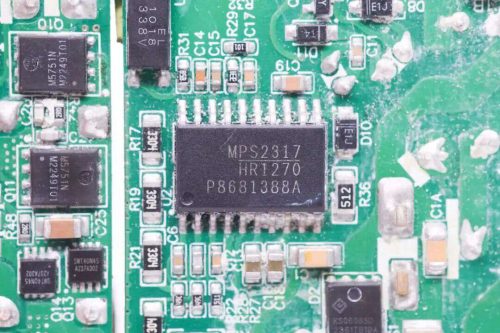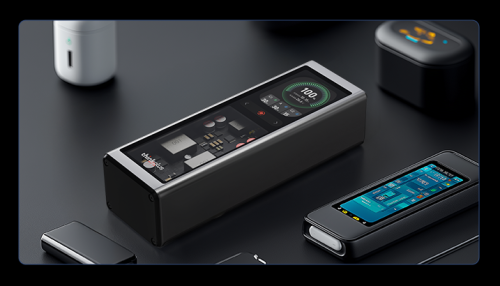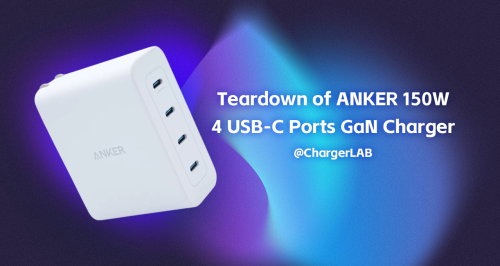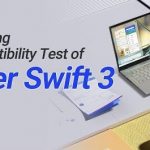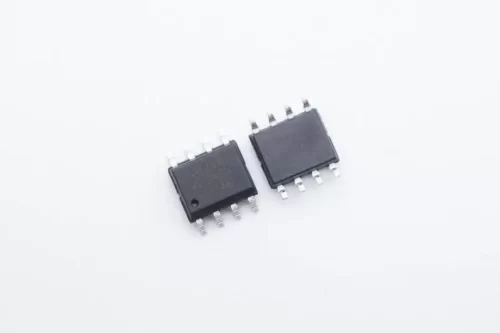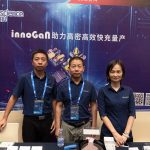Introduction
At present, traditional flyback architectures can no longer meet the requirements of high switching frequency, high power density, and high efficiency for high-power adapters. As a result, the LLC architecture, which is more suitable for higher power output, has been introduced into 100W-level high-power adapters. This effectively improves conversion efficiency, reduces size, enhances portability, and increases product competitiveness.
In addition, due to the use of large-capacity filter capacitors in switched-mode power supplies after rectification, these systems exhibit capacitive loads. During capacitor charging and discharging, a significant amount of higher-order harmonics is generated in the power grid, leading to pollution and interference. Engineers have begun incorporating PFC (Power Factor Correction) circuits into switched-mode power supplies. For power levels above 75-85W, it is mandatory to include a PFC circuit to improve the power factor and correct the load characteristics.
To address the current trends of high efficiency and miniaturization in adapters, MPS has introduced a series of PFC+LLC combo controllers. These help manufacturers significantly increase product integration. Next, let's review several PFC+LLC combo controller chips launched by MPS.
MPS LLC+PFC Combo Controller
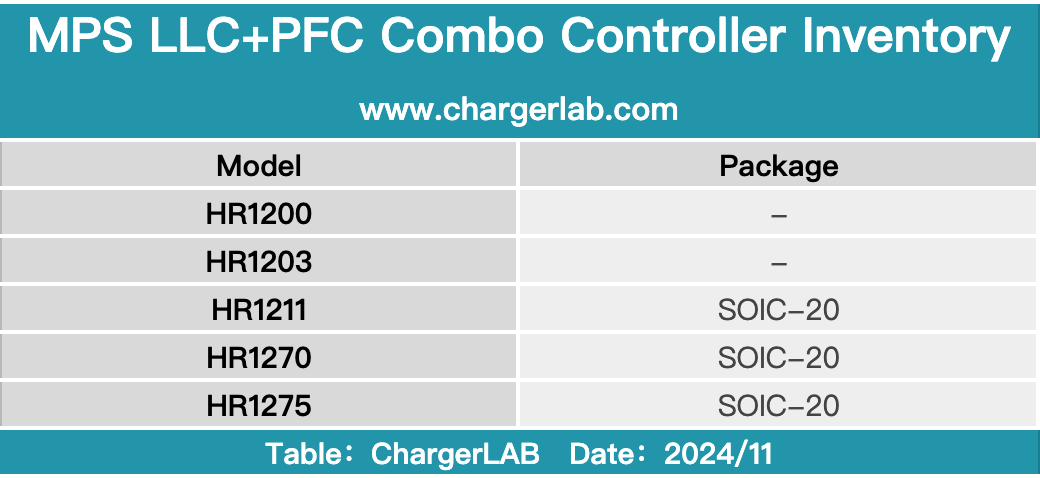
MPS HR1200
MPS HR1200 integrates a digital PFC controller and a half-bridge resonant controller. It requires very low power under no-load or ultra-light-load conditions, complying with the energy-using products (EuP) Lot 6 and 5th Edition's Tier 2 specifications.
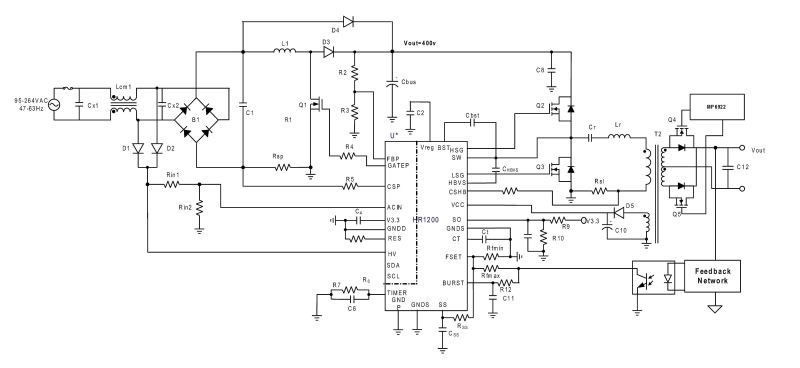
Its patented average current control scheme for PFC operates in continuous conduction mode (CCM) and discontinuous conduction mode (DCM) based on transient conditions of input voltage and output load. The IC exhibits excellent efficiency and high-power PF under light-load conditions. When operating in CCM, the controller can be used for applications up to 500W. The half-bridge LLC converter achieves high efficiency through zero-voltage switching (ZVS).
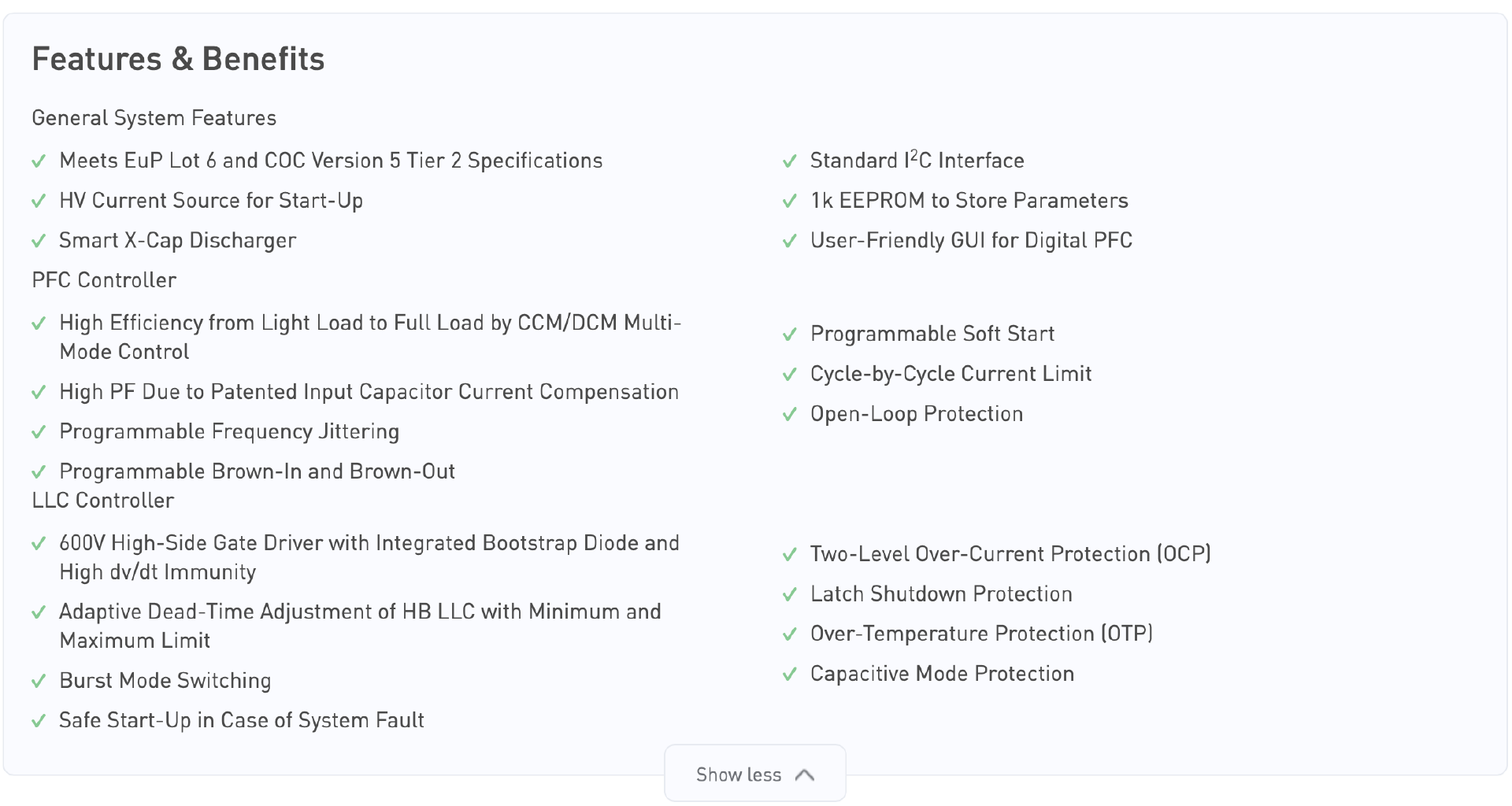
It also integrates a high-voltage current source within the IC for startup, eliminating the need for traditional startup resistors or external circuits.
MPS HR1203
HR1203 is another high-performance controller integrating an advanced digital PFC controller and a half-bridge LLC resonant controller. Under no-load or ultra-light-load, it also meets the energy-using products (EuP) Lot 6 and 5th Edition's Tier 2 specifications.
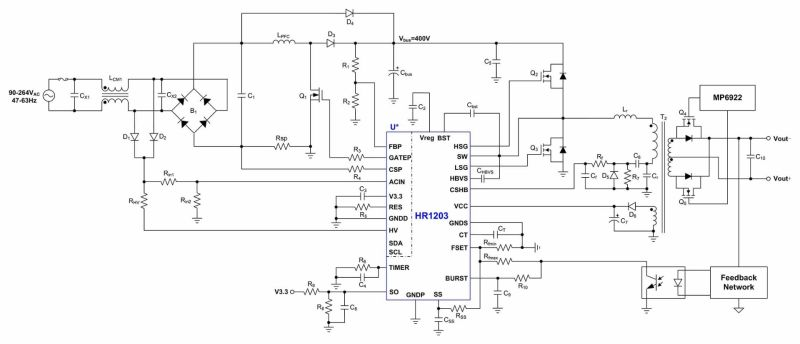
Its PFC uses an average current control scheme based on transient conditions of input voltage and output load, operating in continuous conduction mode (CCM) and discontinuous conduction mode (DCM). Additionally, the IC demonstrates excellent efficiency and high power factor (PF) under light-load conditions.
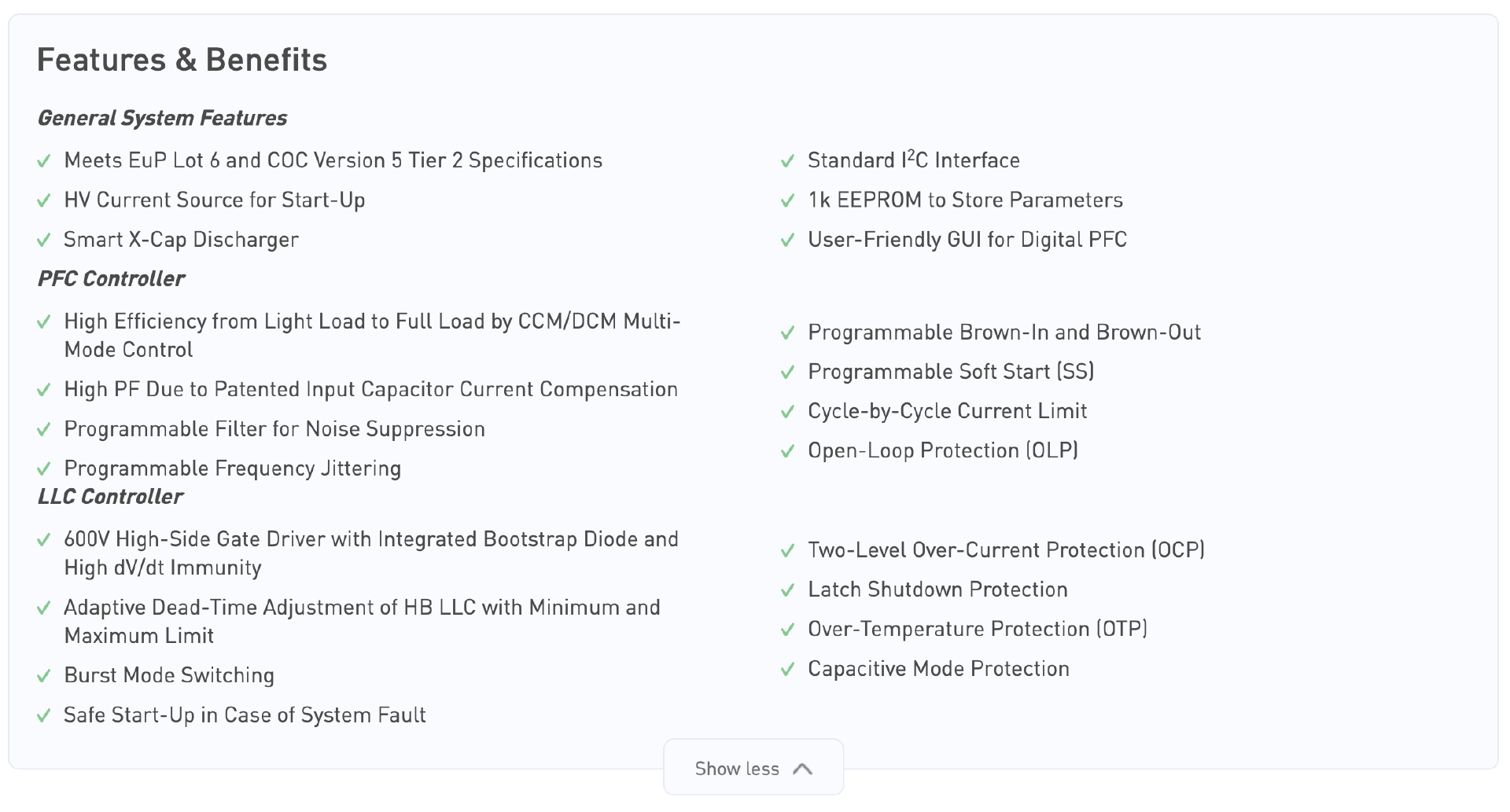
To enhance immunity to disturbances, HR1203 incorporates multiple programmable digital filters for critical signal filtering. Moreover, it features comprehensive protection functions, including over-temperature shutdown protection, open-circuit protection (OLP), over-current protection (OCP), over-voltage protection (OVP), and under-voltage protection/startup.
MPS HR1211
MPS HR1211 is a multi-mode PFC and current-mode LLC integrated controller. Traditional chips would require 2-3 chips to achieve this function, resulting in significant differences in cost and sophistication. Notably, it can be programmed via the UART interface. Its built-in energy-saving technology optimizes HR1211 efficiency across the entire operating range. Furthermore, it can operate in a hybrid CCM and DCM working mode.
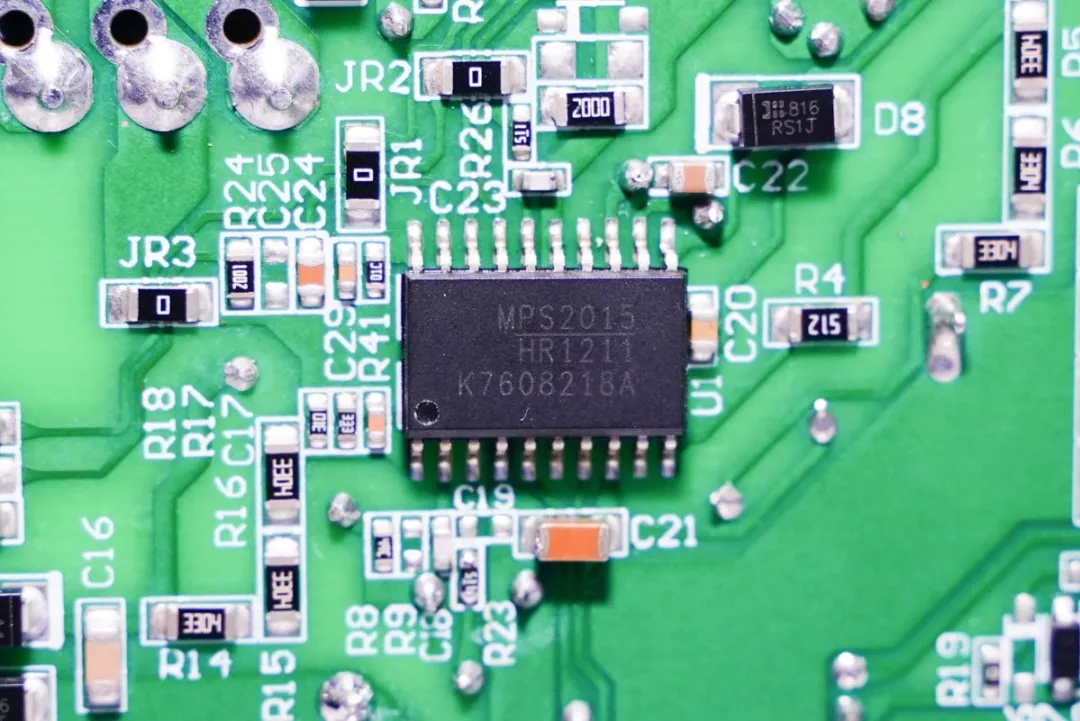
The MPS HR1211 integrates the PFC controller and LLC controller into one package. HR1211 employs a digital control scheme with multiple independent ADCs for detecting input voltage, PFC output voltage, LLC feedback voltage, and PFC peak switch current.
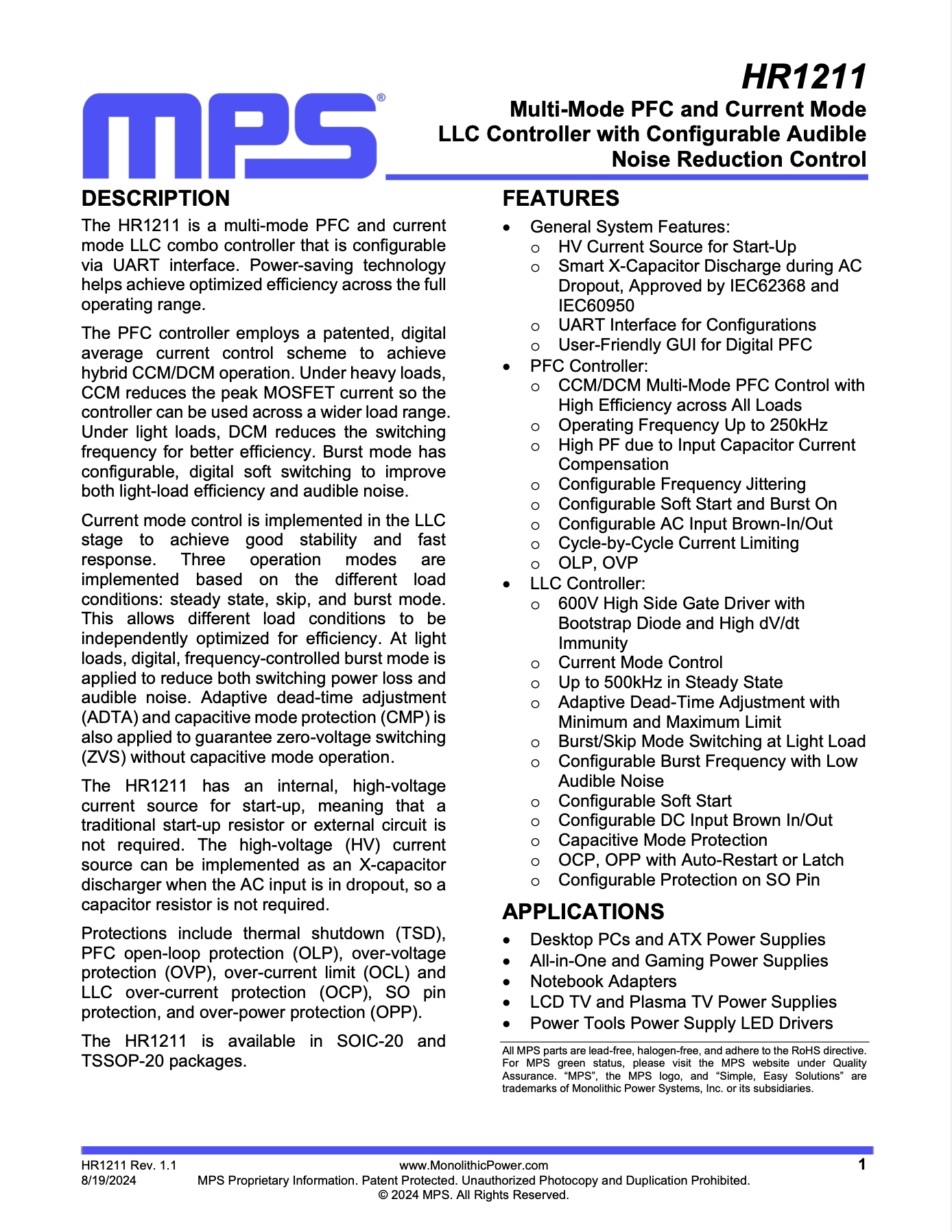
It supports various comprehensive protection measures such as thermal shutdown, PFC open-loop protection, overvoltage protection, overcurrent limitation and protection, and over-power protection, among others. Notably, its standby power consumption is <100mW. Additionally, it supports high-voltage startup and intelligent X-cap discharge, with a PFC operating frequency of up to 250kHz.
MPS HR1270
MPS HR1270 is the subsequent upgraded model of HR1211. It is also a multi-mode PFC+LLC controller. The built-in power-saving technology helps the power supply design achieve optimal efficiency in the entire operating range.
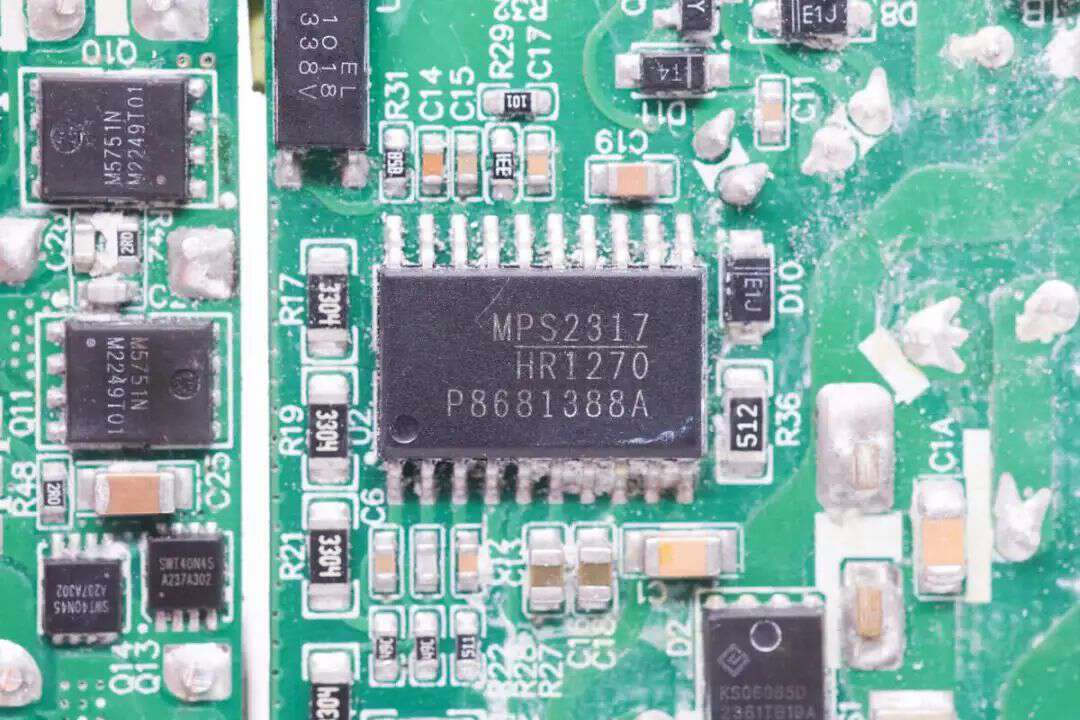
The HR1270 PFC controller also supports CCM/DCM multi-mode, high-voltage startup, and intelligent X-capacitor discharge. The LLC side also has a built-in 600V half-bridge driver, an internal integrated bootstrap diode, an operating frequency of up to 500KHz, and supports a variety of protection functions.
MPS HR1275
HR1275 is a multi-mode PFC+LLC two-in-one controller with integrated CrM/DCM. The chip can be configured through the UART interface, and the parameters can be adjusted according to the needs to optimize the power supply design. The chip has a no-load power consumption of less than 85mW, uses a high-voltage current source at startup, and can be discharged during AC power failure through smart X capacitors.
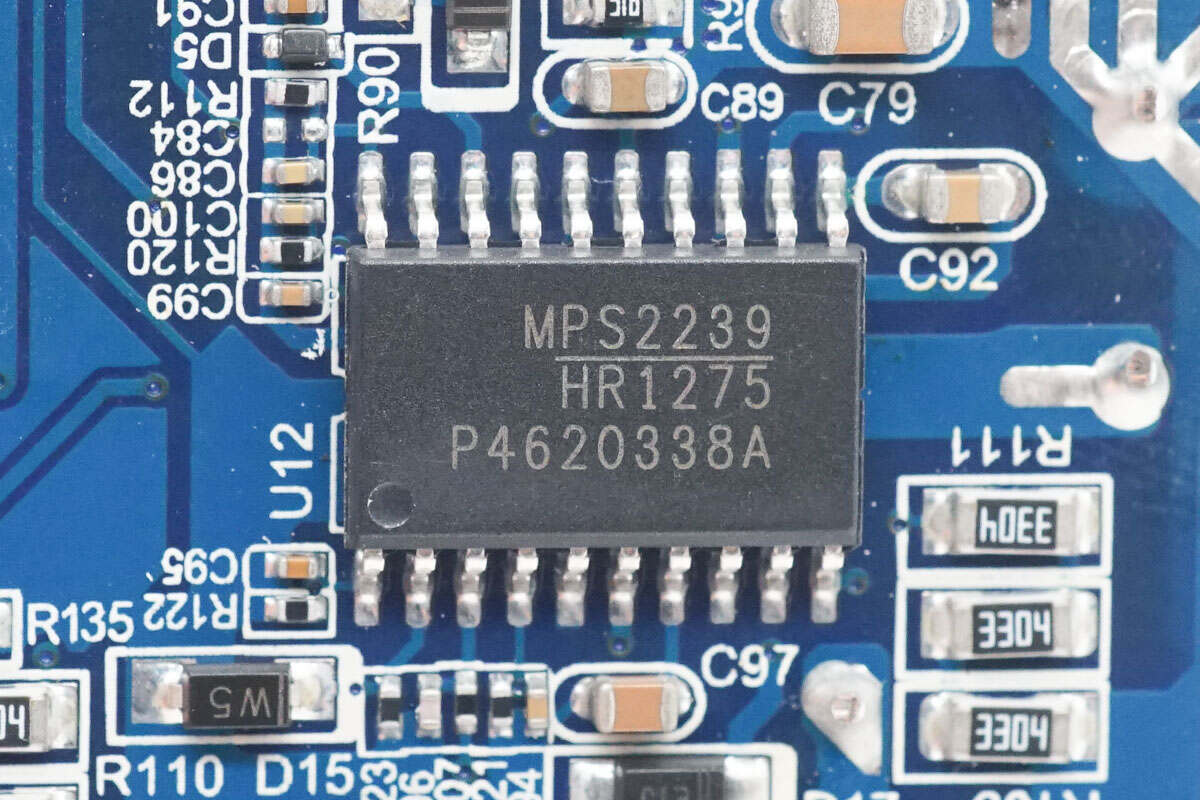
In terms of PFC control, HR1275 can maintain high efficiency from light load to full load and has intelligent valley switching technology and input capacitor current compensation function to reduce noise and improve system efficiency. The LLC control part adopts current mode control, supports precise burst mode entry and exit control, has 600V high-side gate drive capability, and has adaptive dead time adjustment and capacitor mode protection. The chip also has over-temperature, over-current, and over-power protection, supports a maximum operating frequency of 500kHz, and is suitable for high-efficiency power supply design.
Summary of ChargerLAB
In consumer products, power supplies require high efficiency, small size, and low standby power consumption. Traditional analog controllers find it difficult to keep up with the ever-changing changes. MPS's new generation of digital power chips solves the problem of complex and high-cost peripheral components of traditional digital power supplies. Through comprehensive digital control, these chips not only optimize the switching of working modes but also reduce switching losses through intelligent algorithms, achieving more efficient and stable power supply designs.

